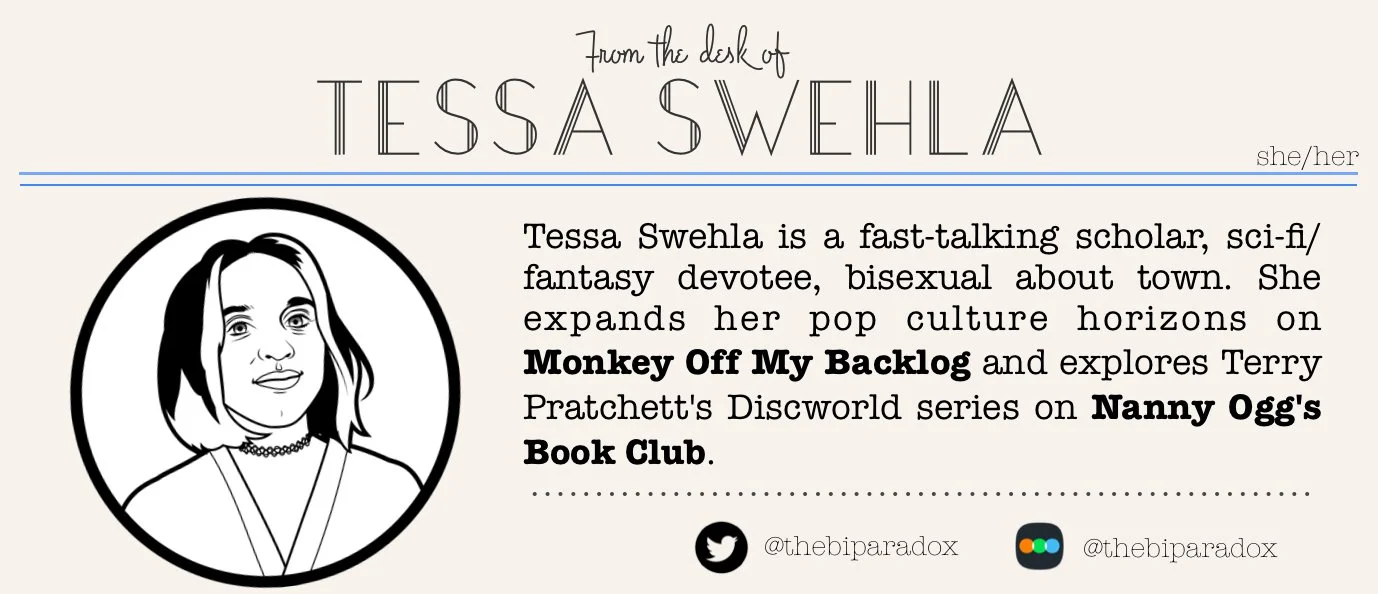Flop and Fizzle #19: ONLY LOVERS LEFT ALIVE reinvents Gothic literature for the 21st Century
For our annual summer countdown, we are looking at our favorite 25 movies that were not huge hits during their initial release, but mean a lot to us. Check out last year’s Summer of Stars countdown or the year before when we did blockbusters! Find the rest of the Flop and Fizzle series here!
by Tessa Swehla, Staff Writer
One of my favorite undergraduate courses was a Gothic literature class I took in my junior year. My professor taught us all about the 18th-century formation of the genre: its roots in Middle Ages religious architecture, its categorization as women’s smut, and its ghost story aesthetics. We read Walpole, Radcliffe, Austen, the Brontës, Shelley, Byron, Stevenson, Poe, and even Gaiman. But my favorite unit was vampire fiction. I had been obsessed with vampires since I was a young teenager when I watched Underworld and Buffy the Vampire Slayer, but now I got to widen my scope of vampire fiction to understand its history and development. I also learned that while the most famous work to come out of that often-told story of the bet between Mary Shelley, Percy Blythe Shelley, and Lord Byron is, of course, Frankenstein (1818), Byron’s entry The Vampyre (1819)–as plagiarized and published by his physician John Polidori–was no less influential. It was the first successful vampire story to effectively hybridize the Eastern European myths of the undead with the romantic sensibilities of the Gothic movement, influencing the more famous and more popular Dracula (1897).
Why am I giving you a short lecture on Gothic vampires? Because those themes and ideas form the heart of Jim Jarmusch’s Only Lovers Left Alive (2013). Eve (Tilda Swinton), one of the titular lovers, even tells us this when she bemoans the brooding tendencies of her paramour Adam (Tom Hiddleston): “I mainly blame Shelley and Byron and some of those French assholes he used to hang around with.” This film is a return to the Gothic roots of the vampire, but Jarmusch wants to pull those 18th-century ideas and aesthetics through time to examine them within a modern context. Adam and Eve–yes, the Biblical reference is clear–are two vampires who have been in love for centuries. At the beginning of the film, they live apart, but when Adam, a musician, inventor, and artist, begins to contemplate suicide, Eve rushes to his side to help him through his existential crisis.
This movie was a critical success but a popular failure, and I believe it was because audiences don’t understand what a Gothic romance is anymore. How do you market something that isn’t quite horror, isn’t quite drama, isn’t quite comedy, and isn’t quite action? It certainly doesn’t have the HEA (Happily Ever After) that most modern romance fans have come to expect from a work from that genre. This was the same problem that plagued Crimson Peak (2015) and The Invitation (2022); no one knows how to market these films, which causes them to be overlooked or panned.
So here it is in short: Gothic romances are about the vibes. Atmosphere and aesthetics are important: darkness, horror, ecstasy, passion, and a sense of foreboding are all integral to this genre. Jarmusch understands that and gives us a visual feast of beautiful, dreamy images. The story mostly takes place at night–which, I mean, vampires–but the lighting never feels dark or dreary. The soundtrack combines Adam’s compositions–“All my work seems to be funeral music lately”–with American rock, soul, and R&B, much of which is from the ‘50s and ‘60s, emphasizing how out of time the vampires are. The film is more poetry than it is plot-driven.
Ruins and wildernesses are very important to Gothic romances, but instead of Greek temple ruins or dark castles, Jarmusch gives us the twin locations of Tangiers (where Eve lives) and Detroit (Adam’s home). Eve observes that Detroit is Adam’s “wilderness”: he lives in a dilapidated Victorian-style house with an overgrown garden and a non-functional bathroom. He drives Eve around Detroit at night, pointing out the remains of the once greater thriving metropolis.
Another trope of the Gothic romance is the Byronic hero: Polidori himself created his vampire Lord Ruthven as a thinly veiled portrayal of Byron. Adam may not have Byron’s lecherous charm, but he does have his genius and his broodiness. Instead of railing against societal strictures, however, Adam’s depression is fueled by disillusionment at human stupidity and callousness, rage at the changing climate that endangers humans and vampires alike, and grief for a time when things were simpler. So, in many ways, the same things that cause depression for a lot of us, but filtered through the unbearable slowness of each passing second that a vampire must endure. It’s the mundanity of everyday life that drives him slowly towards thoughts of suicide and oblivion.
Eve, however, is older than Adam, and more experienced at dealing with the agony of being alive for so long. She understands the dangers of the future–she is the one who tells Adam that Detroit will be inhabited again “when the water wars begin”–but she knows that giving up is not the answer. She tells him, “How can you have lived for so long and still not get it? This self-obsession is a waste of living. It could be spent surviving things, appreciating nature, nurturing kindness and friendship, and dancing. You have been pretty lucky in love though, if I may say so.” It’s love that will get them–and us–through. Love and art and dancing.


